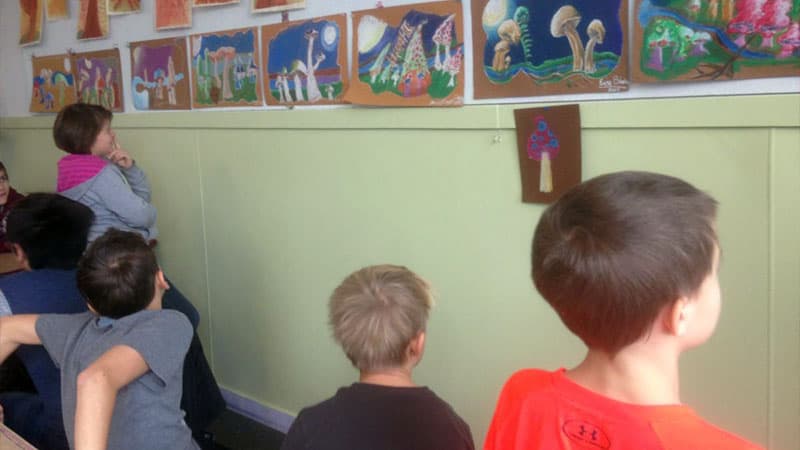
On Art Education … three wise souls and the rest of us …
“Educators and administrators cannot justify giving the arts an important position in the curriculum unless they understand that the arts are the most powerful means of strengthening the perceptual component without which productive thinking is impossible in every field of academic study. What is most needed is a convincing case made for visual thinking quite in general. Once we understand in theory, we might try to heal in practice the unwholesome split which cripples the training of reasoning power.” – Rudolf Arnheim (1904 – 2007)
- Art excites learners and keeps them curious to learn more.
- Art stimulates creative problem-solving, decision making skills, and critical thinking.
- Art promotes developmentally informed perception.
- Art helps promote self-discipline, self-esteem, and self awareness.
- Art provide the possibility for alternative ways of assessing students.
- Art build cooperative learning and develops multi-cultural understanding.
- Art can integrate all subject areas in a school
Source: Loyaccono, Reinventing the Wheel: A Design for Student Achievement in the Twentieth Century.
Van James, the author of Drawing with the Hand, Head, and Heart writes, “Art is the medium by which we play, create and feel – unfolding our emotional intelligence.” He notes, “just as the arts help children develop open minds, they also help open hearts.
Van James also writes, “This is what a dysfunctional education looks like: an education that presses abstract intellectual learning too early in young, imaginative souls of children. Unfortunately, this is for the most part the education of our time.
I am on a path to do school differently. Who is in on the adventure?
– Sasha
Share
If you're new here, you may want to subscribe to my RSS feed. Thanks for visiting!

